1. Planting Too Early

Tomatoes are sensitive to cold weather, and planting too early in the season can stunt growth or kill your plants. Make sure the danger of frost has completely passed, and the soil is consistently above 60°F. If you’re eager to start, consider using a protective covering or cloche to keep young plants warm.
2. Not Hardening Off Seedlings
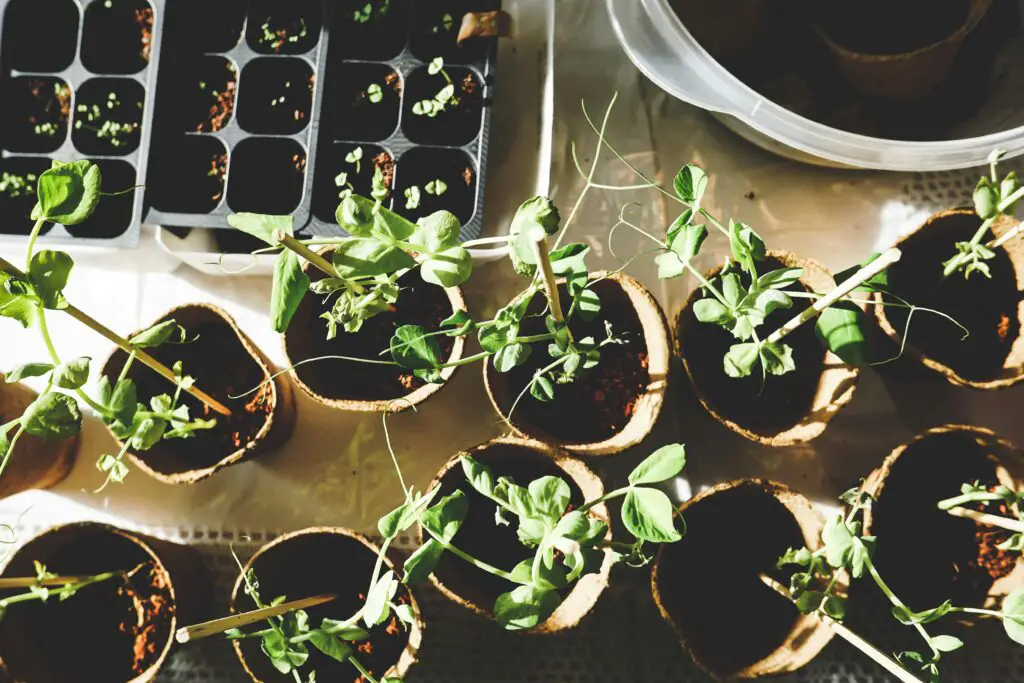
If you’re growing tomatoes from seed indoors, they need time to adjust to outdoor conditions. Skipping the hardening-off process can shock your plants. Gradually expose them to sunlight and outdoor temperatures over 7-10 days before transplanting them permanently.
3. Using Poor Soil

Tomatoes thrive in nutrient-rich, well-draining soil. If your soil is too sandy or clay-heavy, your plants may struggle to get the nutrients they need. Enrich your garden bed with compost, aged manure, or a balanced fertilizer to give tomatoes a good start.
4. Planting Too Close Together
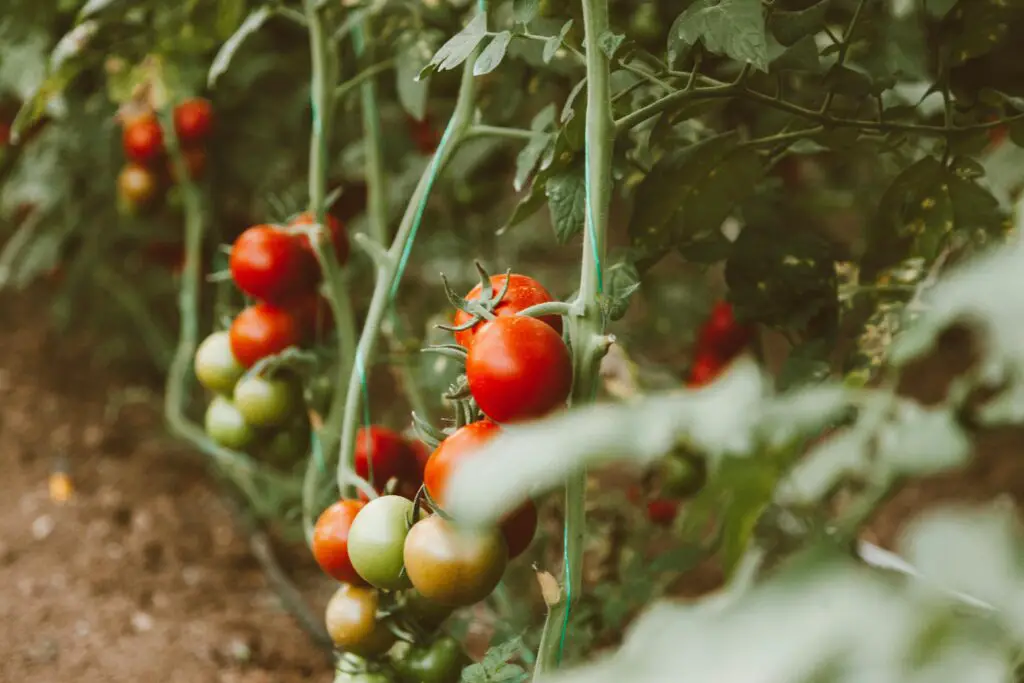
Tomatoes need room for airflow to prevent disease and ensure proper growth. Crowded plants compete for nutrients and are more likely to develop issues like blight. Space plants at least 18-24 inches apart, depending on the variety, and prune as needed to promote airflow.
5. Not Planting Deep Enough

Tomatoes develop roots along their stems, so planting them deep encourages a stronger root system. When transplanting, bury them up to their first set of true leaves. This deep planting technique helps anchor the plant and improve nutrient uptake.
6. Watering Incorrectly

Inconsistent watering can cause issues like blossom end rot and cracking. Tomatoes prefer deep, consistent watering, ideally once or twice a week, depending on the weather. Avoid watering the leaves, as this can promote disease. Use drip irrigation or water at the base of the plant.
7. Neglecting Mulch
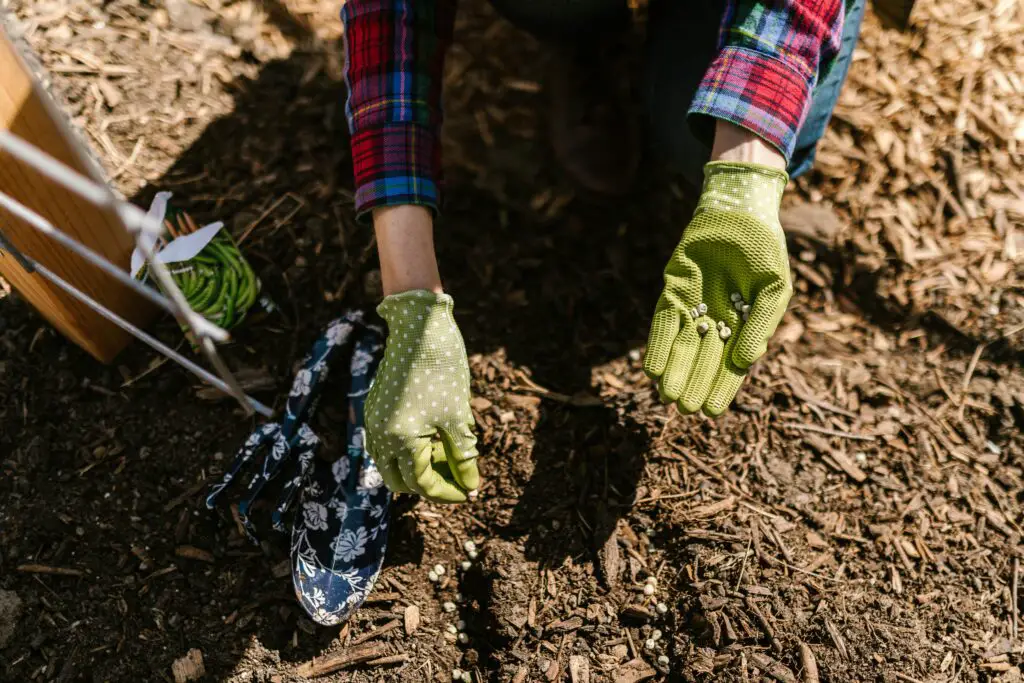
Mulch helps regulate soil moisture and temperature, and it keeps weeds at bay. Without mulch, soil dries out faster and fluctuates in temperature, stressing your plants. Apply a layer of organic mulch around the base of your tomatoes to retain moisture and reduce watering needs.
8. Not Providing Support Early On
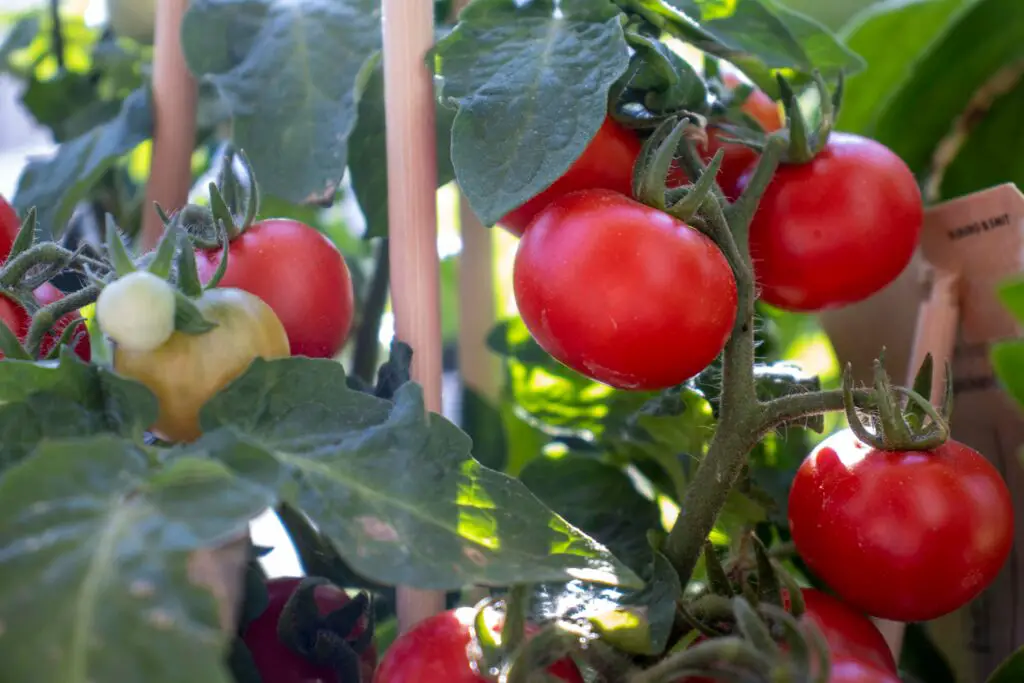
Tomato plants need support, such as cages or stakes, to keep them upright and off the ground. Waiting until the plant is large to add support can damage roots and branches. Set up cages or stakes when you plant, allowing the plant to grow around the support naturally.
9. Ignoring Pruning and Suckering

Too much foliage can hinder airflow and sunlight from reaching the fruits, leading to disease and slower ripening. Prune excess leaves and remove “suckers” (small shoots that grow between the main stem and branches) to focus the plant’s energy on producing larger, healthier tomatoes.
10. Over-Fertilizing with Nitrogen
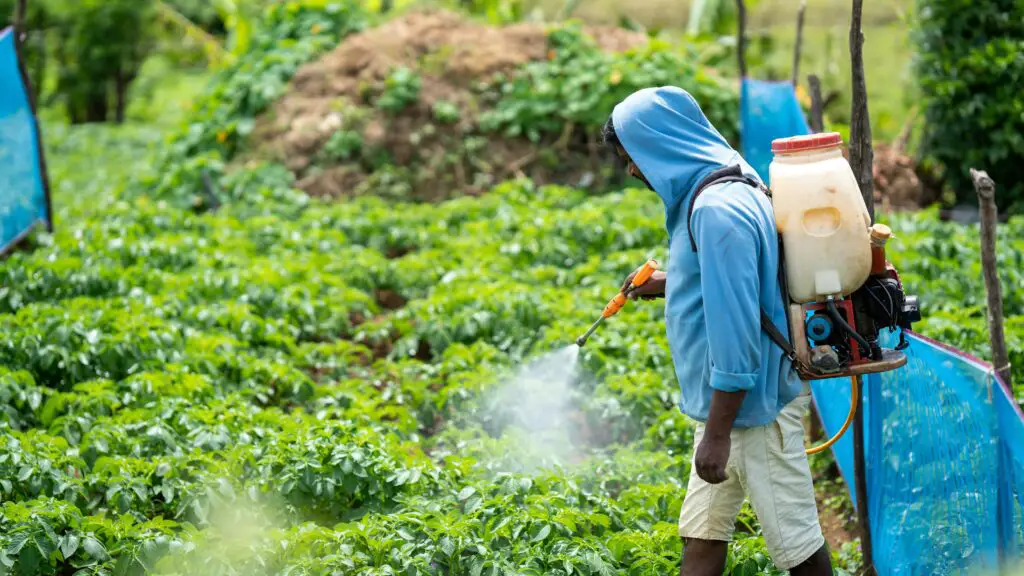
Tomatoes benefit from balanced fertilization, but too much nitrogen can result in lush green leaves and very few fruits. Choose a fertilizer high in phosphorus and potassium rather than nitrogen-heavy options. Apply fertilizer carefully, following the instructions on the label.
11. Not Rotating Crops
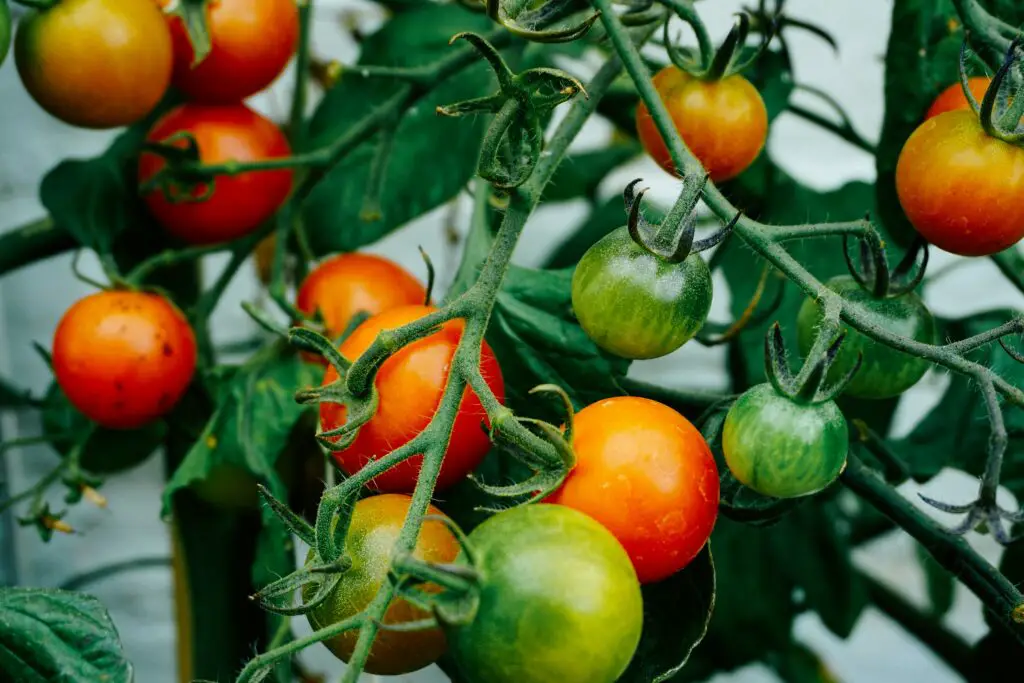
Planting tomatoes in the same spot each year can lead to soil depletion and increased risk of diseases like blight. Rotate your crops each season, ideally following tomatoes with legumes or other crops that restore nitrogen to the soil.
12. Letting Weeds Take Over

Weeds compete for water and nutrients, putting stress on your tomato plants. They also attract pests and can encourage disease. Regularly weed around your tomatoes and consider using mulch to suppress new weeds from growing.
13. Ignoring Disease and Pest Prevention

Tomatoes are prone to pests like aphids, hornworms, and diseases like blight and leaf spot. Regularly inspect your plants, remove any damaged leaves, and treat pests as soon as you spot them. Companion plants like basil and marigold can also help deter common tomato pests.
Avoiding these common mistakes will set your tomatoes up for success, helping you enjoy a bountiful harvest all season long!
